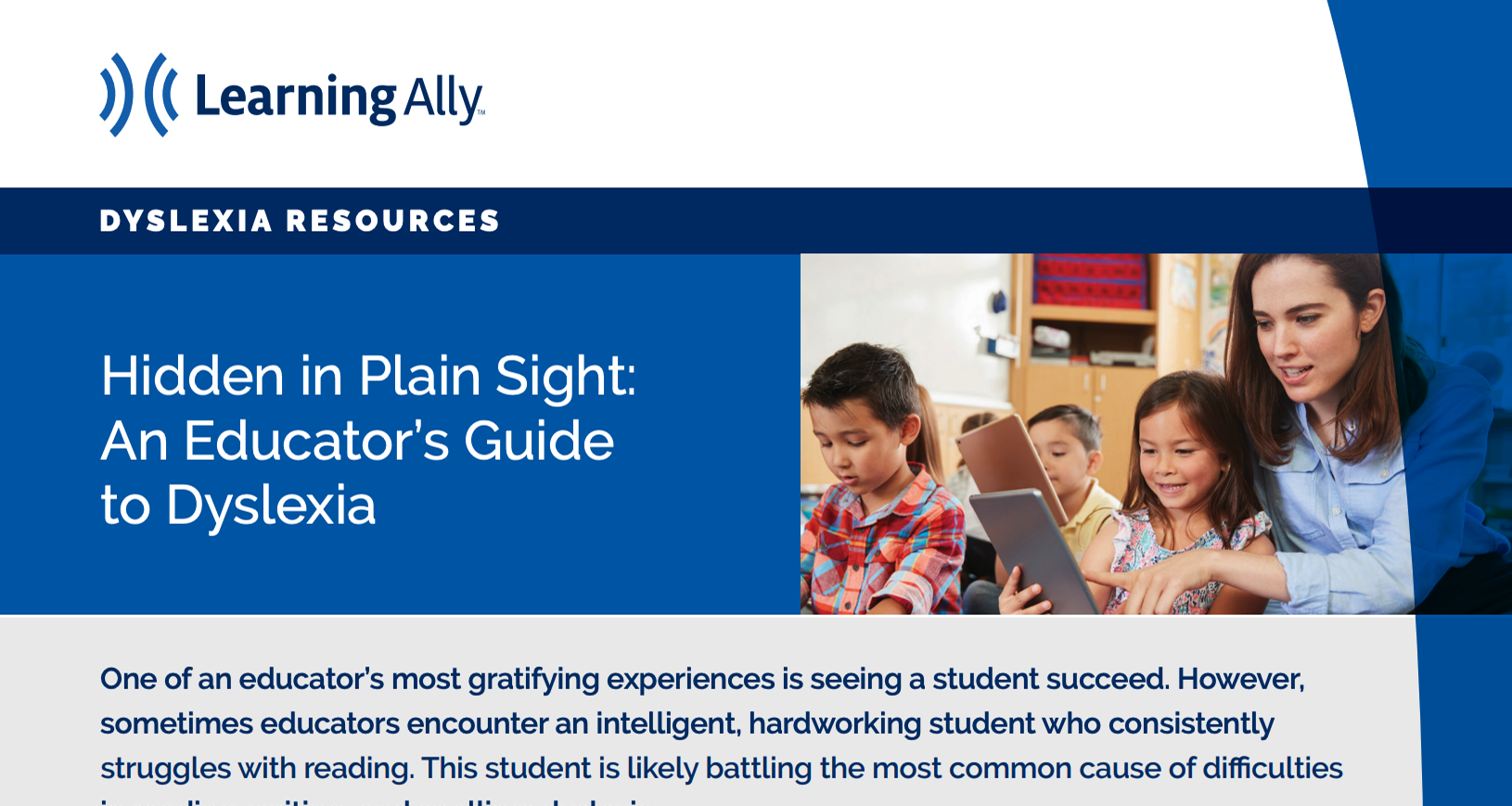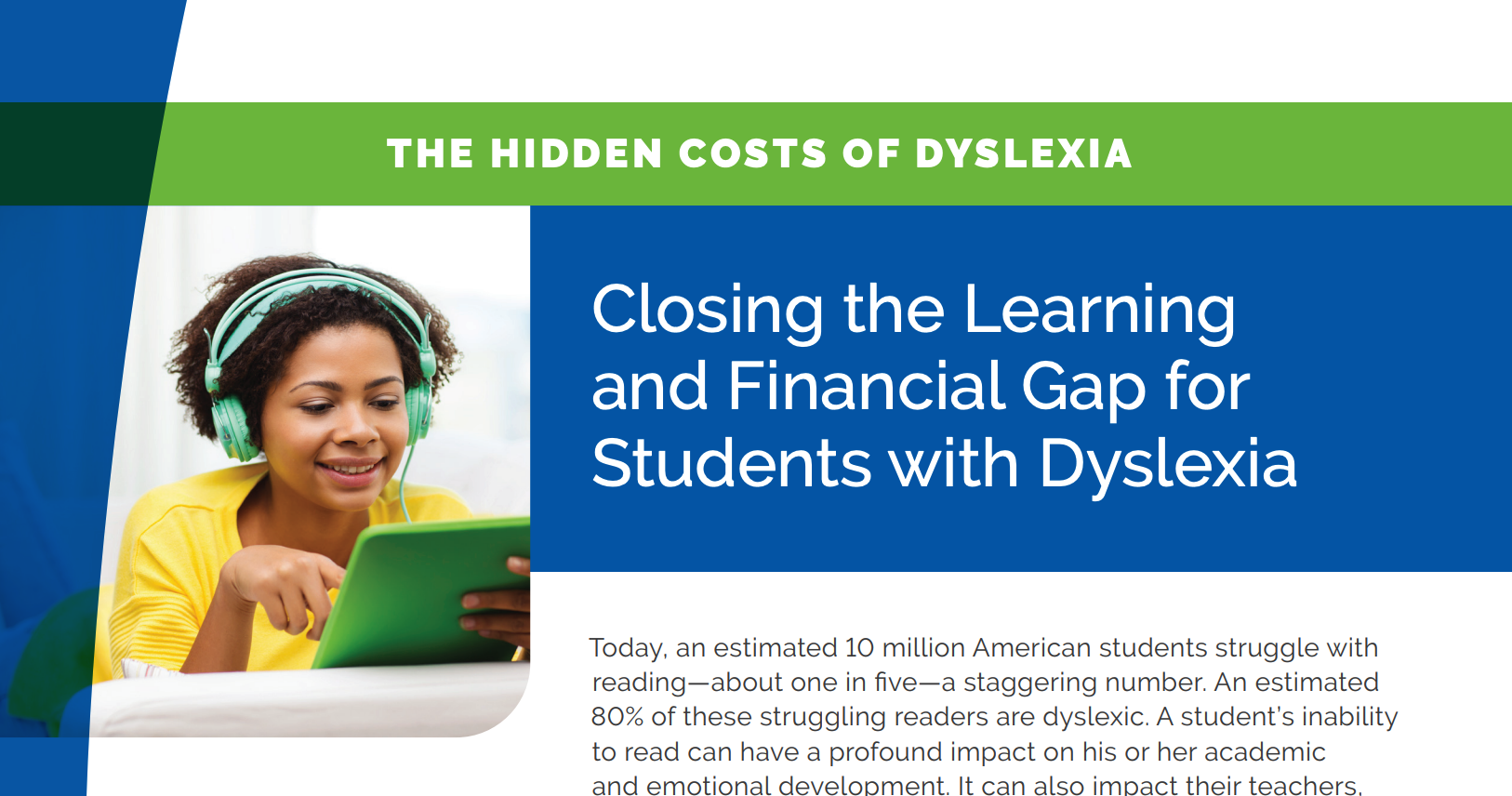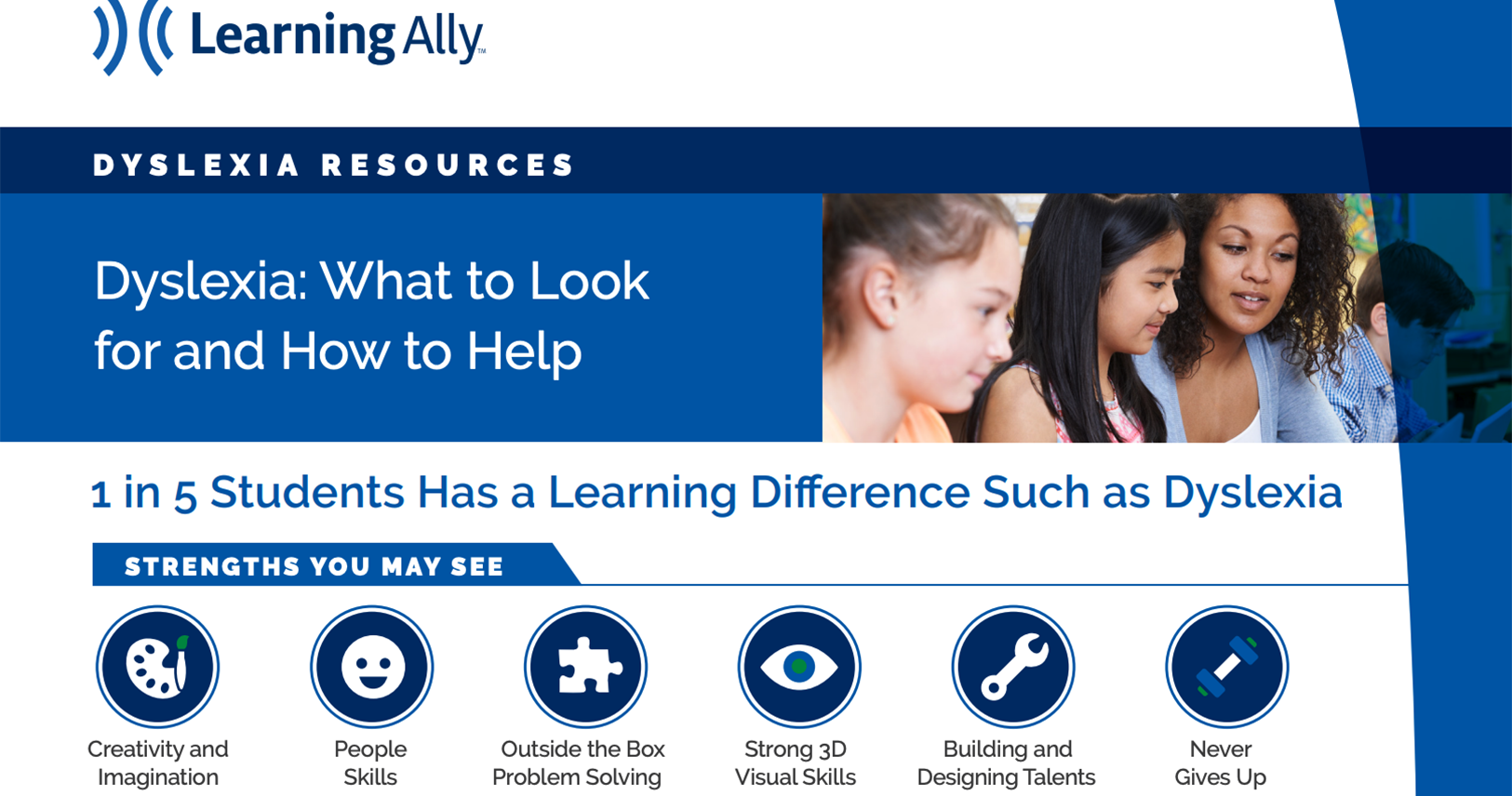1 in 5 students may be dyslexic. Let us help you empower them.
Support students with dyslexia by incorporating strategies that address their individual needs.
Support students with dyslexia by incorporating strategies that address their individual needs.

Approximately 15-20% of American students are affected by dyslexia, a condition that frequently remains undetected. Many students adeptly conceal their reading difficulties by harnessing their intelligence, creativity, and strong verbal skills. By leveraging your daily classroom experience and insights into your students, you can unveil the subtle signs that often elude notice.
The Dyslexia Awareness to Action Pack is designed to give educators a quick win while helping your students in grades K-12 learn more quickly.
Put these powerful tools to work in your district and see reading improvements in no time.

Hidden in Plain Sight: An Educator’s Guide to Dyslexia
Learn how to use your daily experience in the classroom and knowledge of your students to recognize the signs often hiding in plain sight.

The Hidden Costs of Dyslexia
The lack of reading proficiency is a key reason why an estimated 8,000 students drop out each day—limiting their financial potential and ability to compete in the workforce.

Dyslexia: What to Look for and How to Help
Gain a better understanding of what behaviors to look for, and how to provide support.